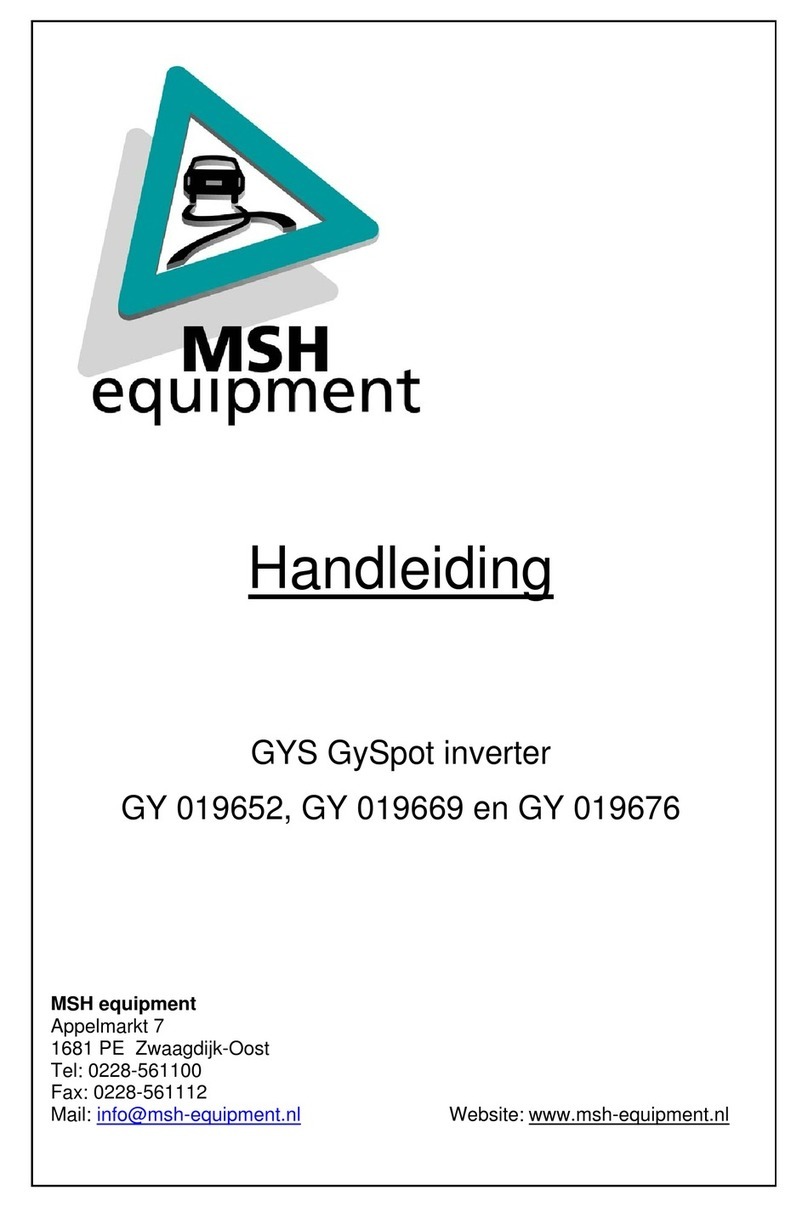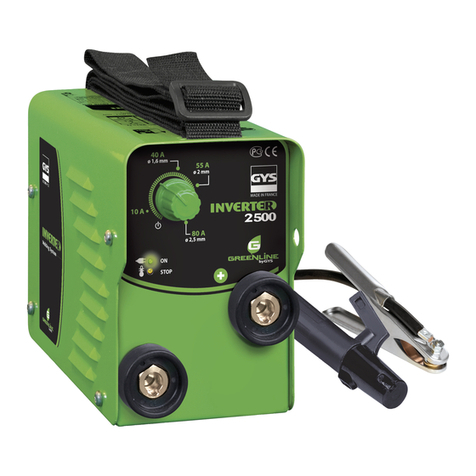GYS PTI.G User manual
Other GYS Inverter manuals
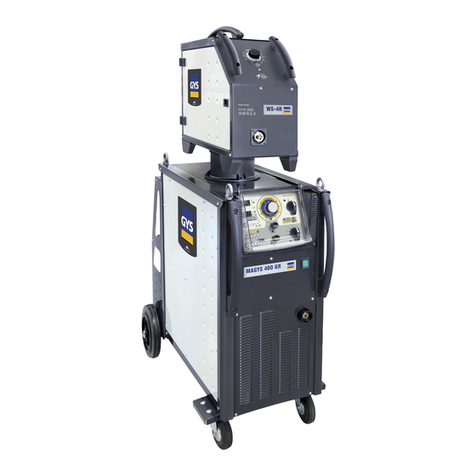
GYS
GYS MAGYS 400-4 User manual
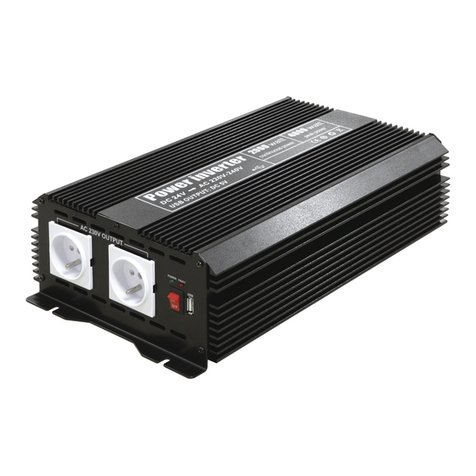
GYS
GYS MSW 82000 User manual
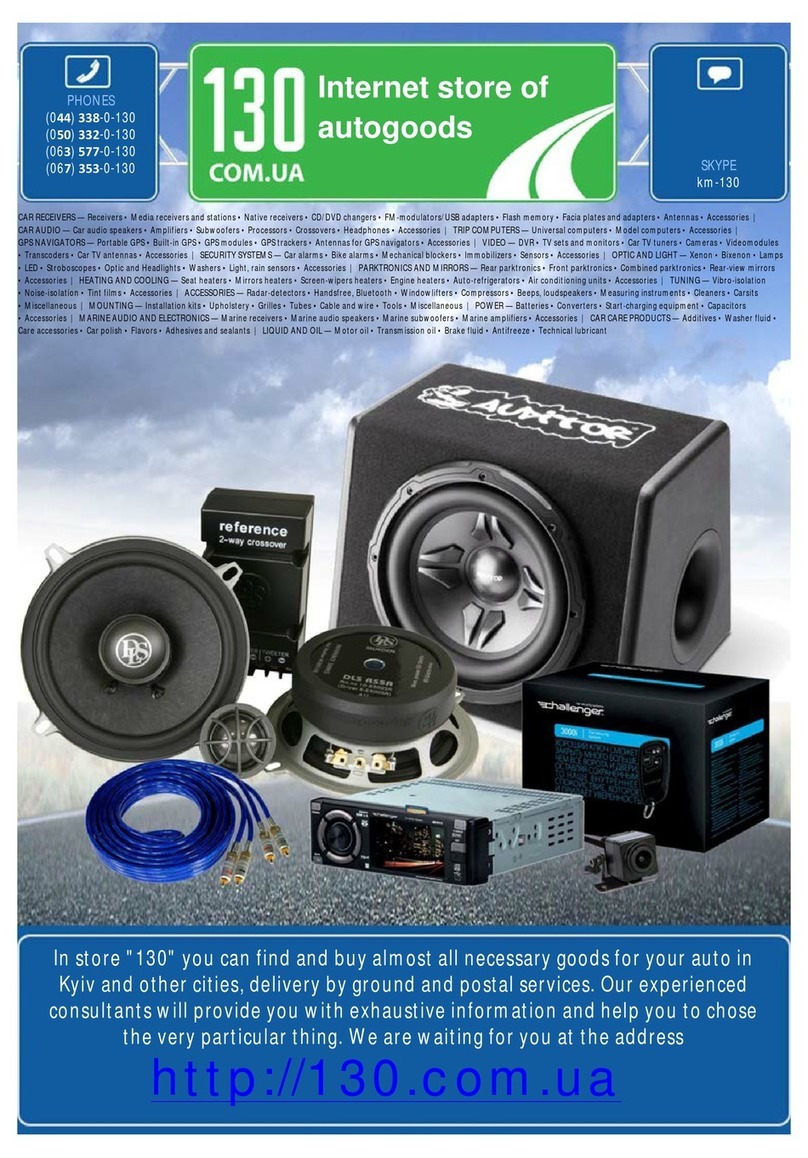
GYS
GYS Gysflash 70-24 HF User manual

GYS
GYS Gyspot BP.LC-S7-230V User manual

GYS
GYS GYSpot EVOLUTION PTI-s7 -400V User manual
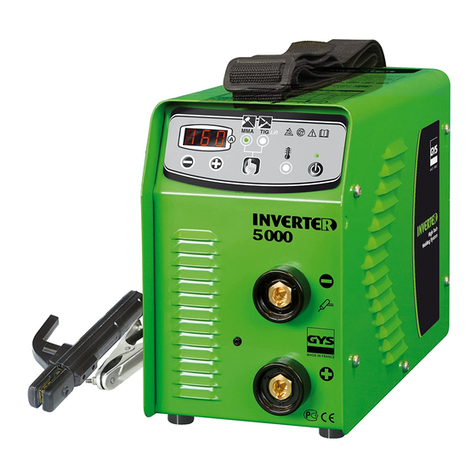
GYS
GYS Greenline Inverter 5000 User manual
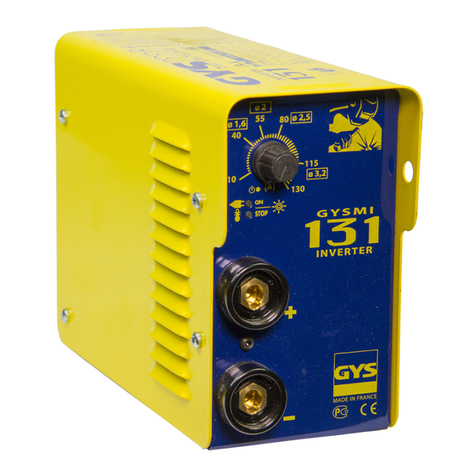
GYS
GYS GYSmi 125 User manual

GYS
GYS PSW 6043U User manual

GYS
GYS PSW8300 User manual
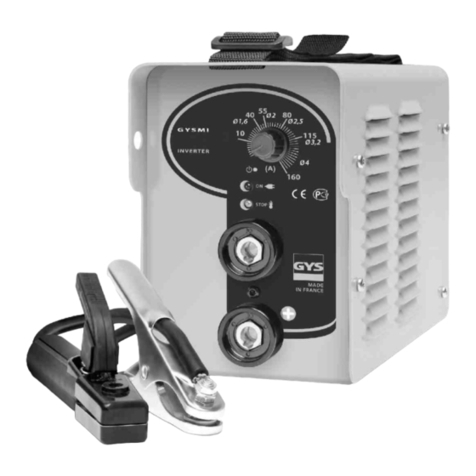
GYS
GYS GYSMI 80P User manual
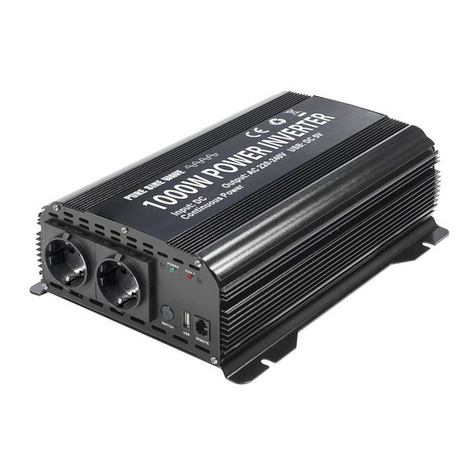
GYS
GYS PSW 600 W User manual
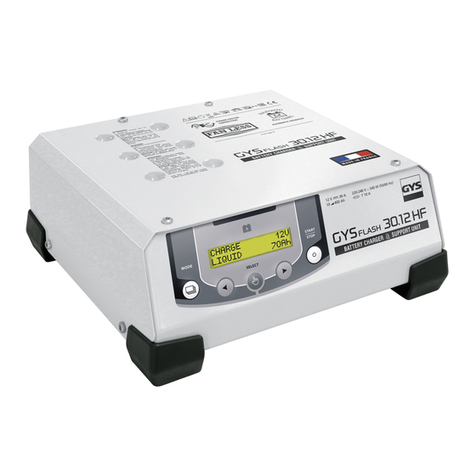
GYS
GYS GYSFLASH 30.12 HF User manual
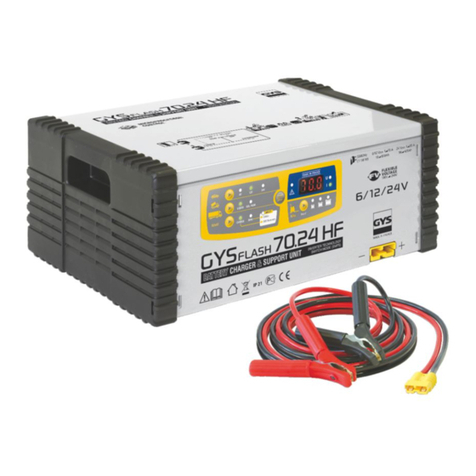
GYS
GYS Gysflash 70-24 HF User manual

GYS
GYS CONVERGYS 150 User manual
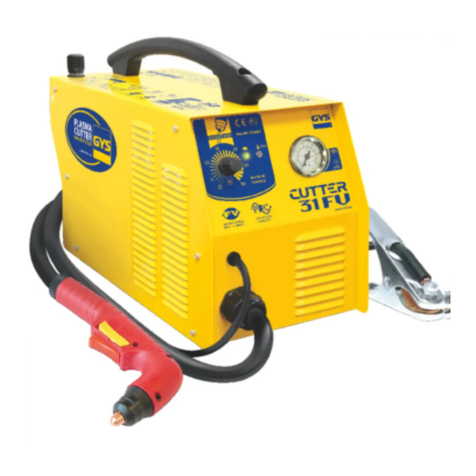
GYS
GYS Cutter Inverter 25K User manual
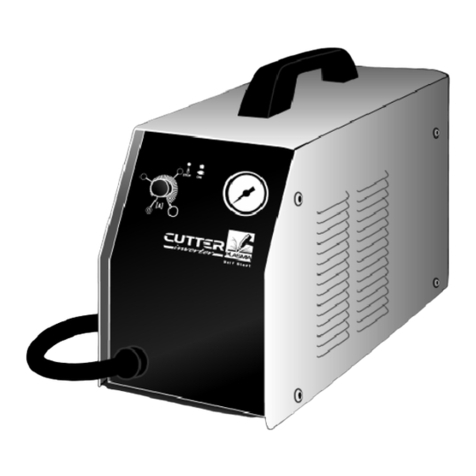
GYS
GYS CUTTER 21 User manual
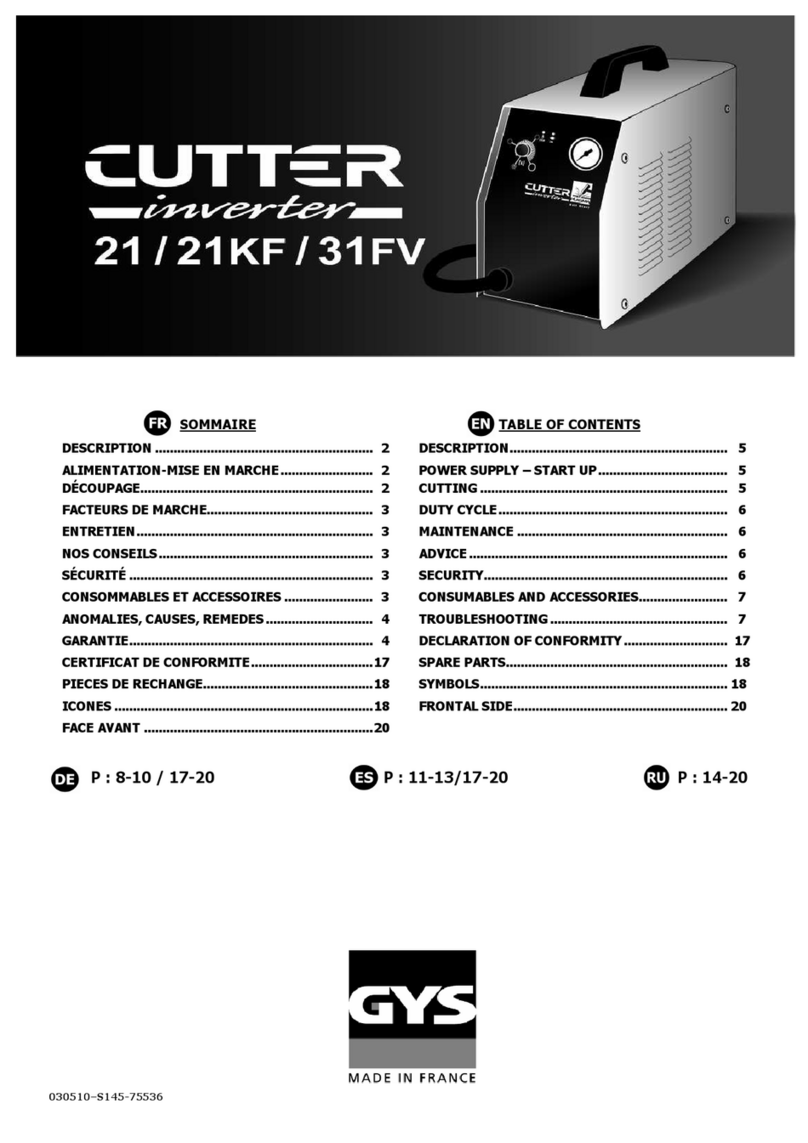
GYS
GYS CUTTER 21 User manual

GYS
GYS PSW 6042U User manual

GYS
GYS PSW 601 W User manual
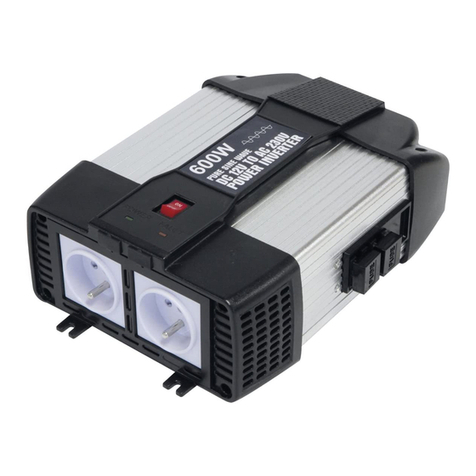
GYS
GYS PSW 6042U User manual
Popular Inverter manuals by other brands

BARRON
BARRON EXITRONIX Tucson Micro Series installation instructions

Baumer
Baumer HUBNER TDP 0,2 Series Mounting and operating instructions

electroil
electroil ITTPD11W-RS-BC Operation and Maintenance Handbook

Silicon Solar
Silicon Solar TPS555-1230 instruction manual

Mission Critical
Mission Critical Xantrex Freedom SW-RVC owner's guide

HP
HP 3312A Operating and service manual
